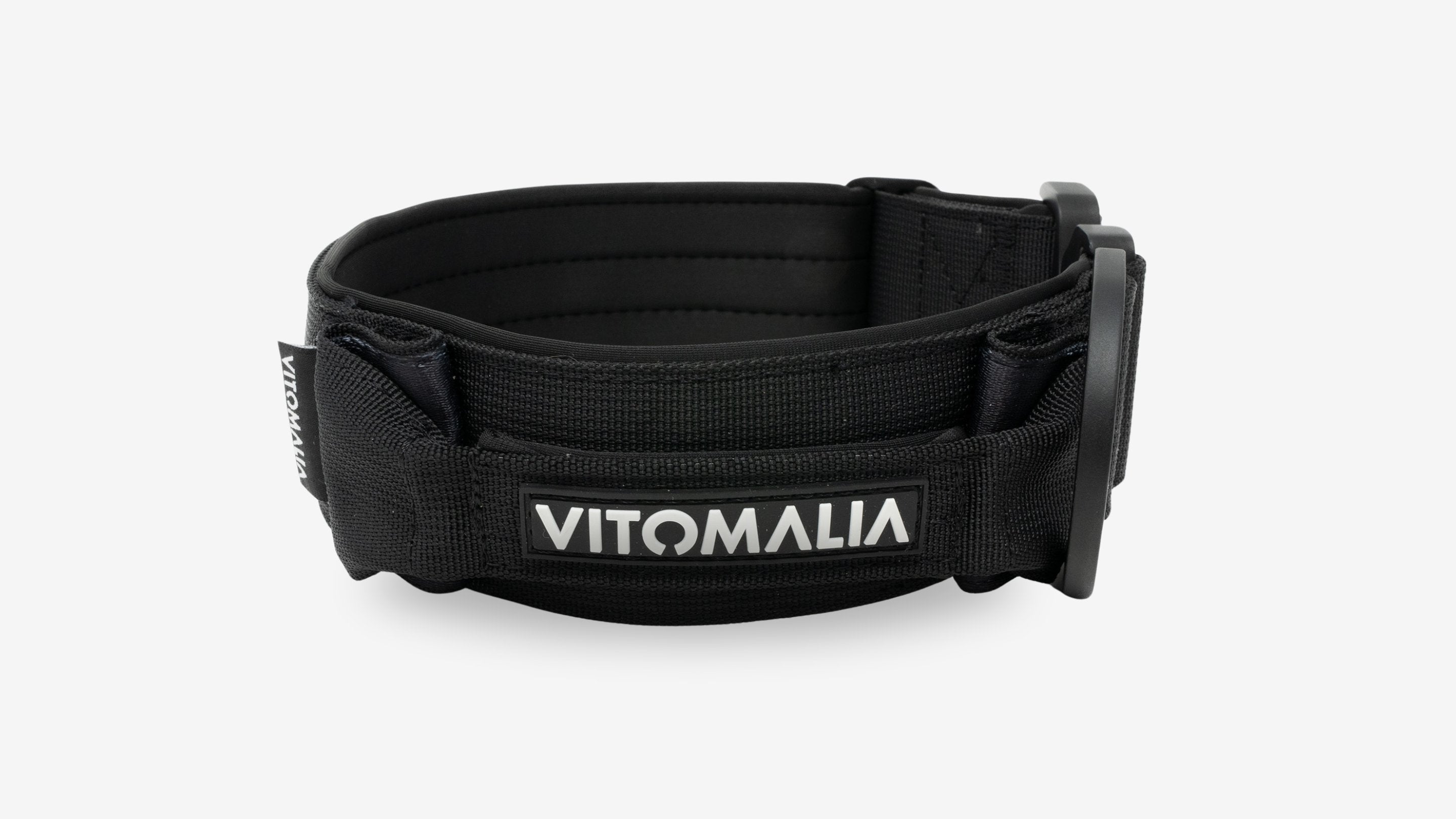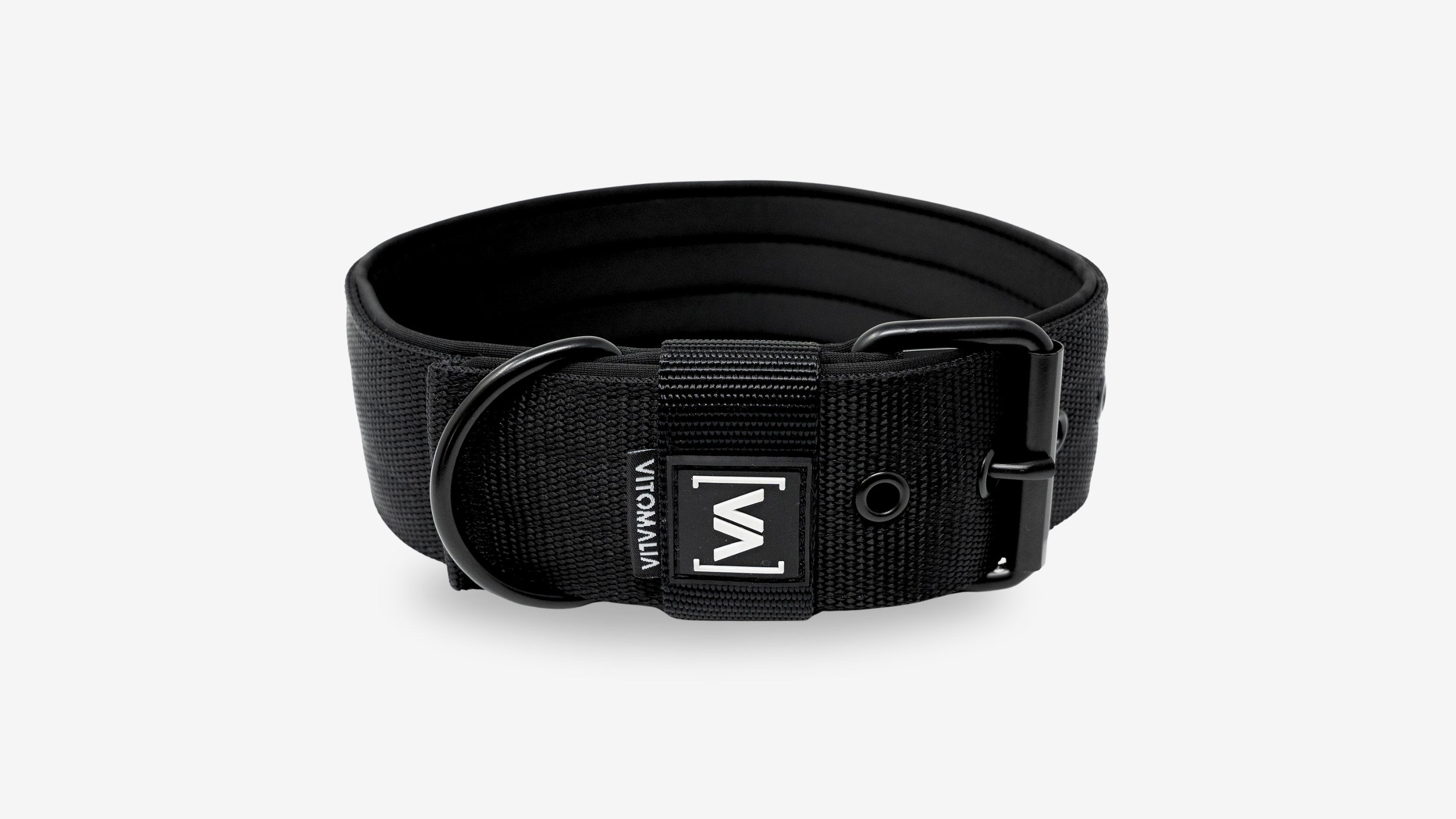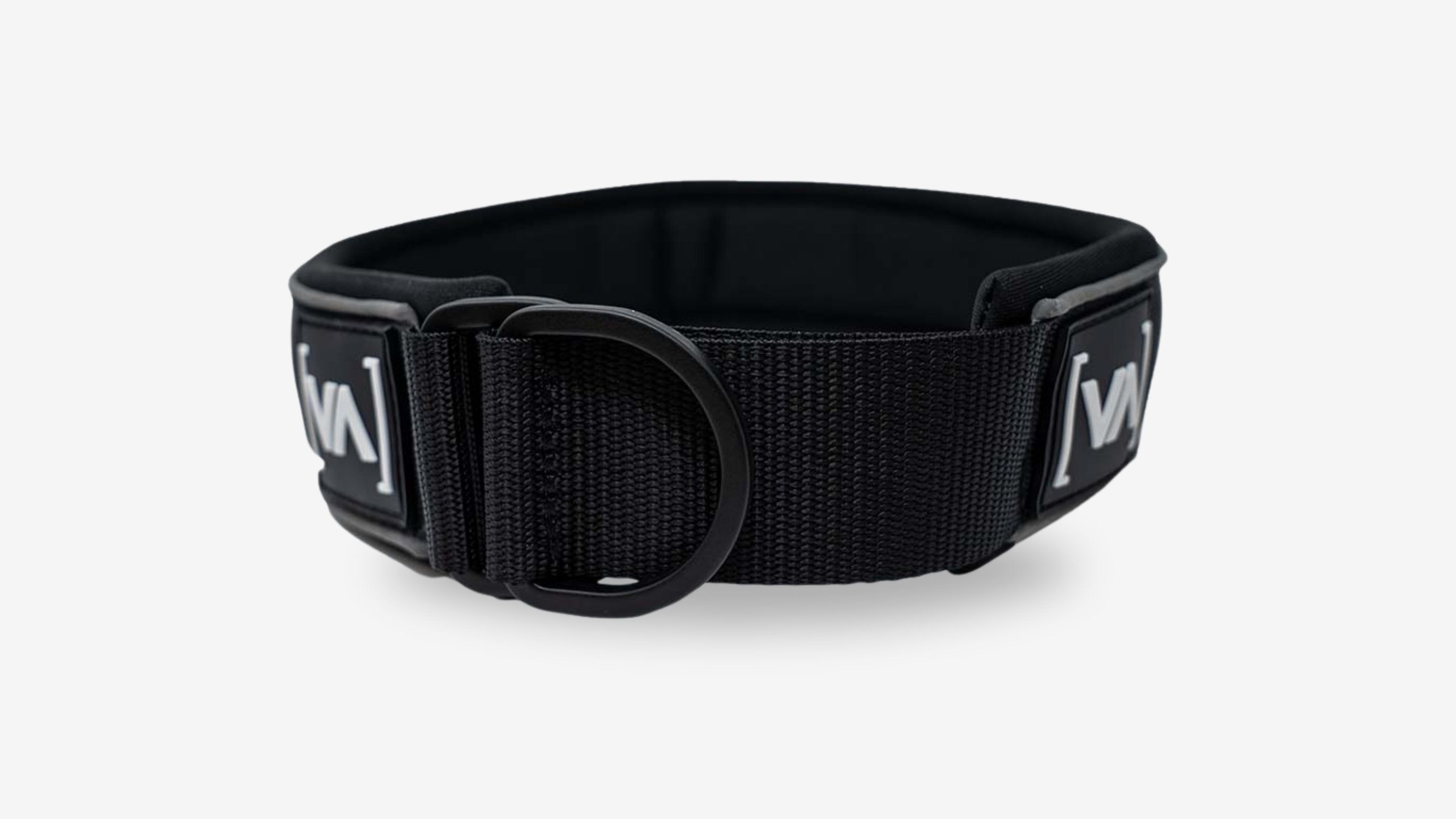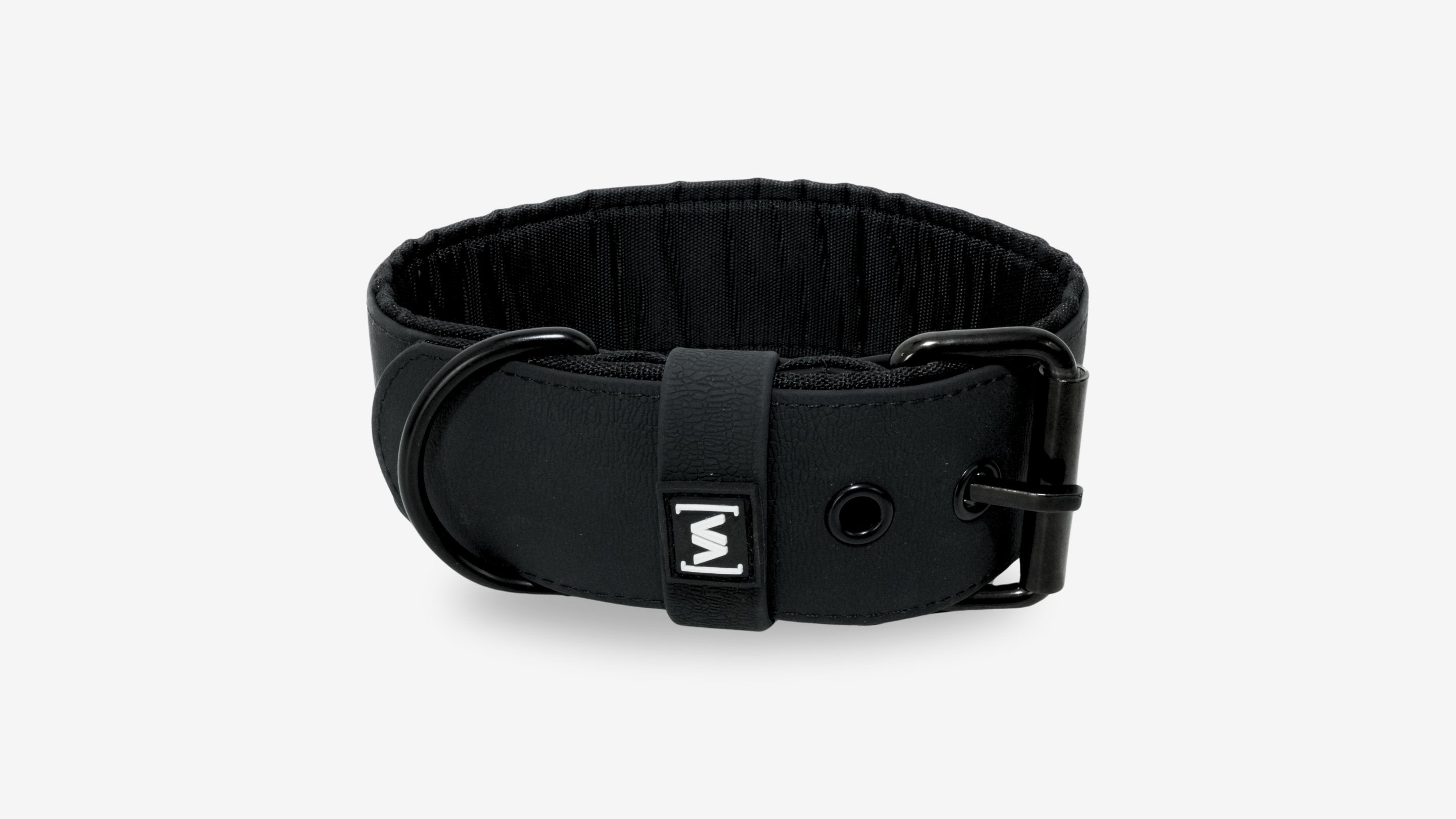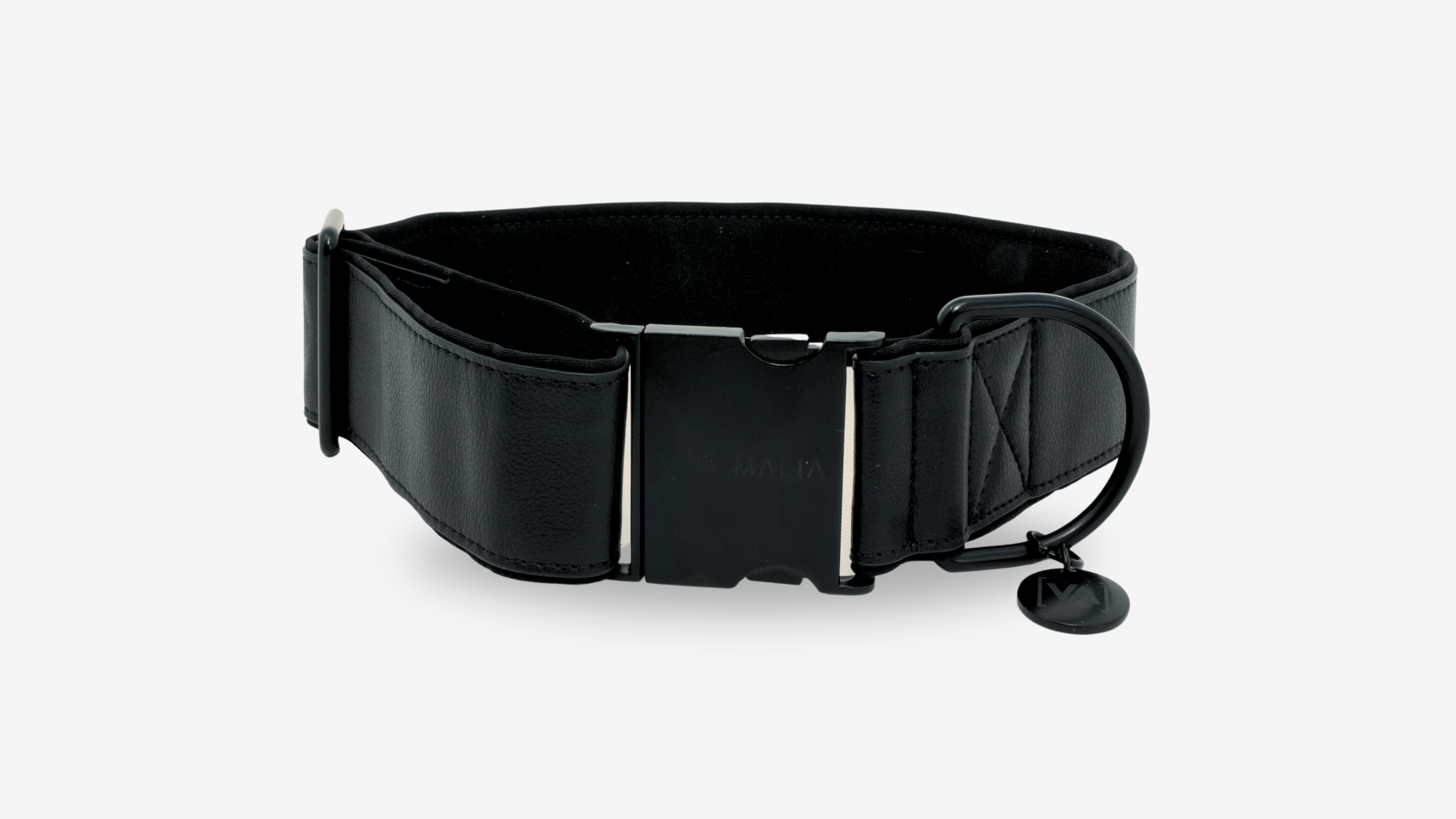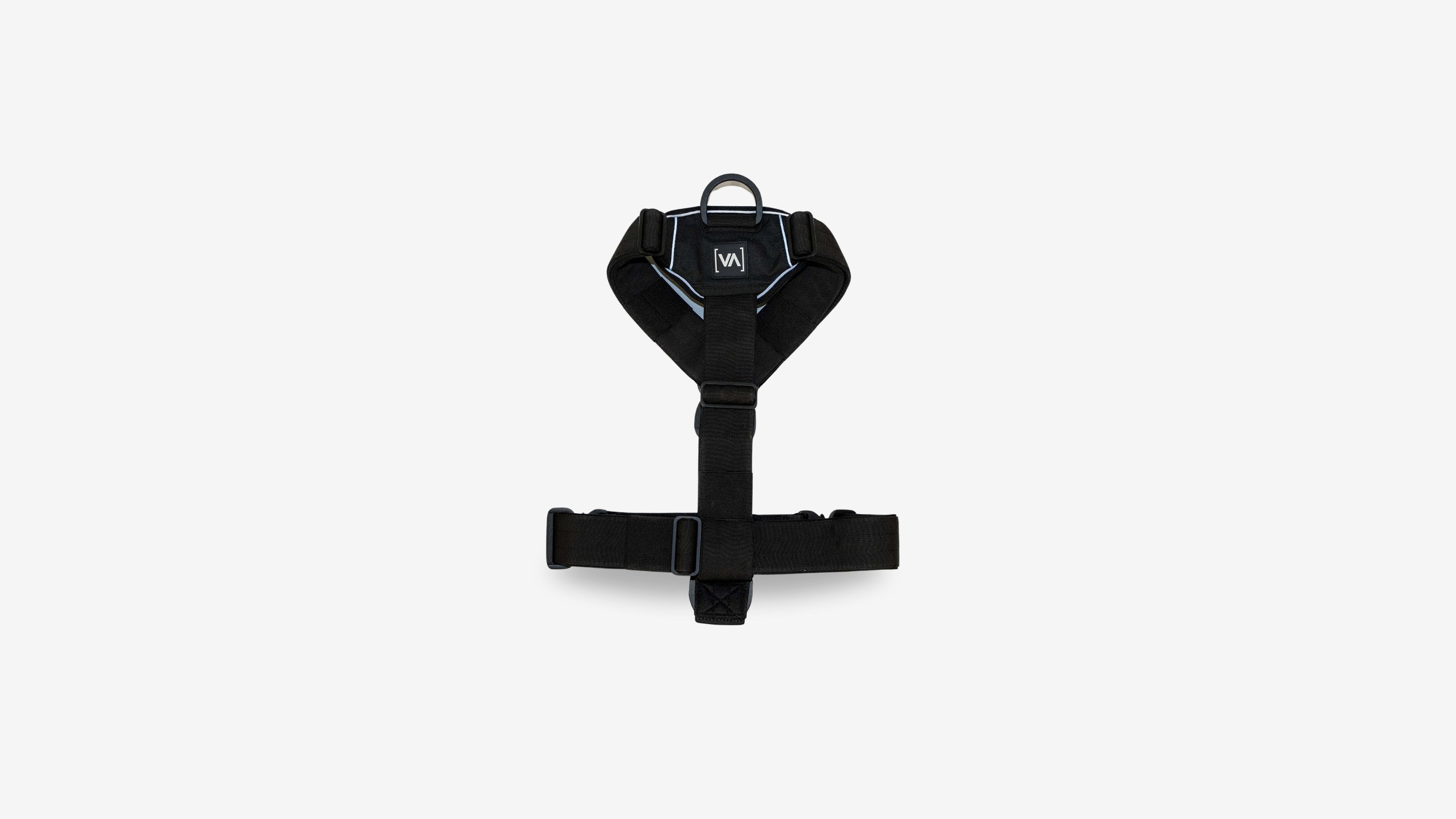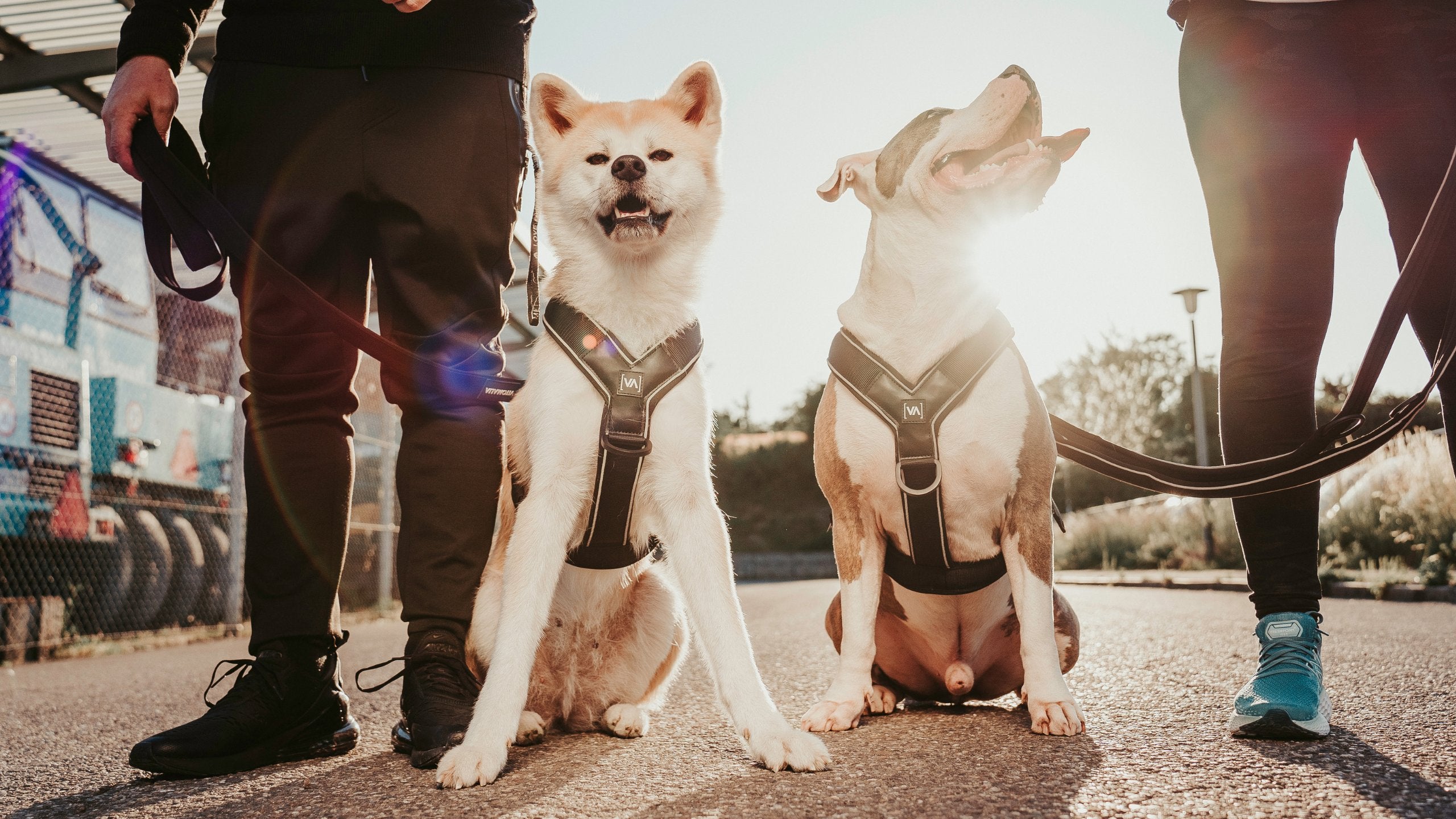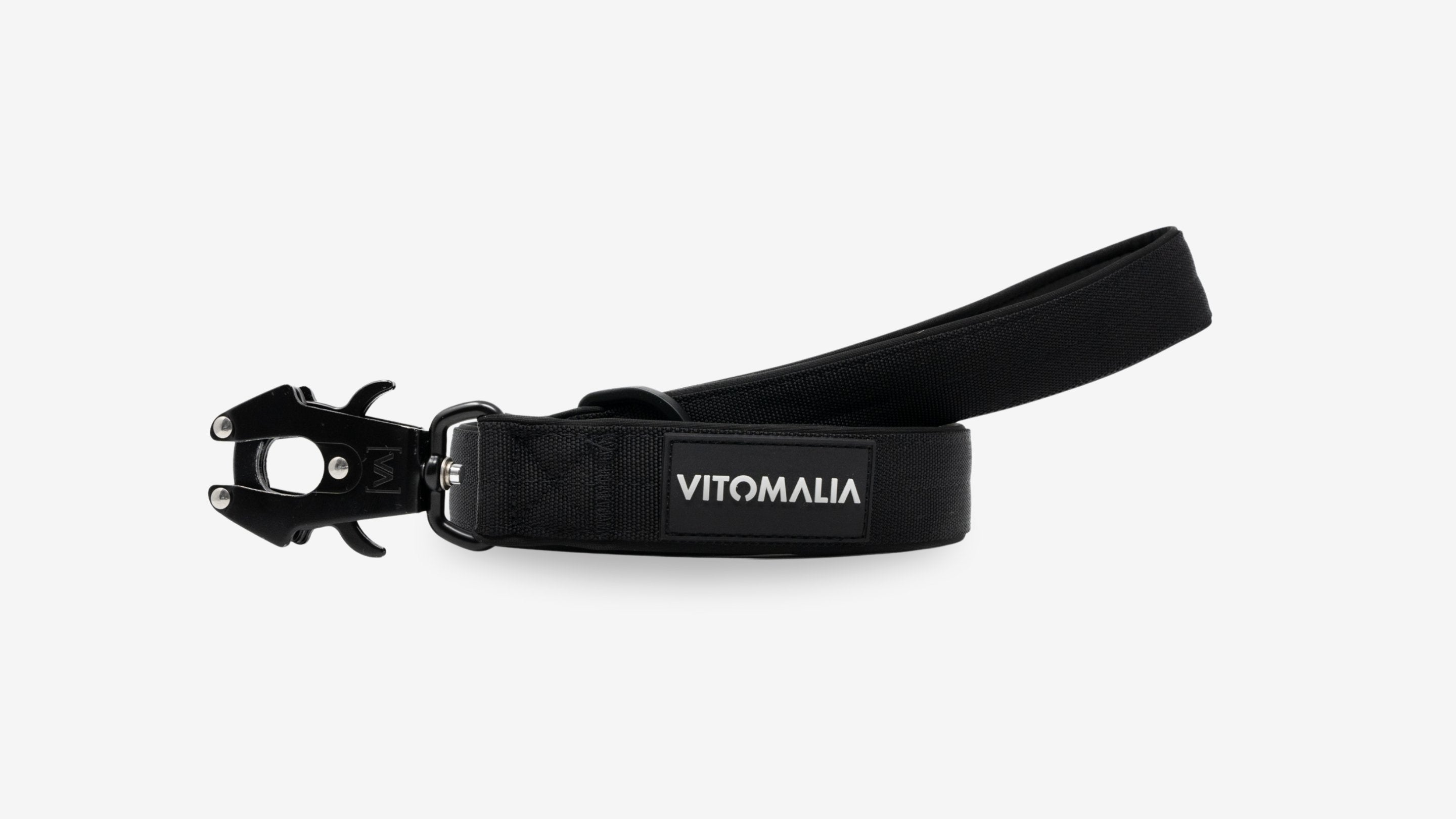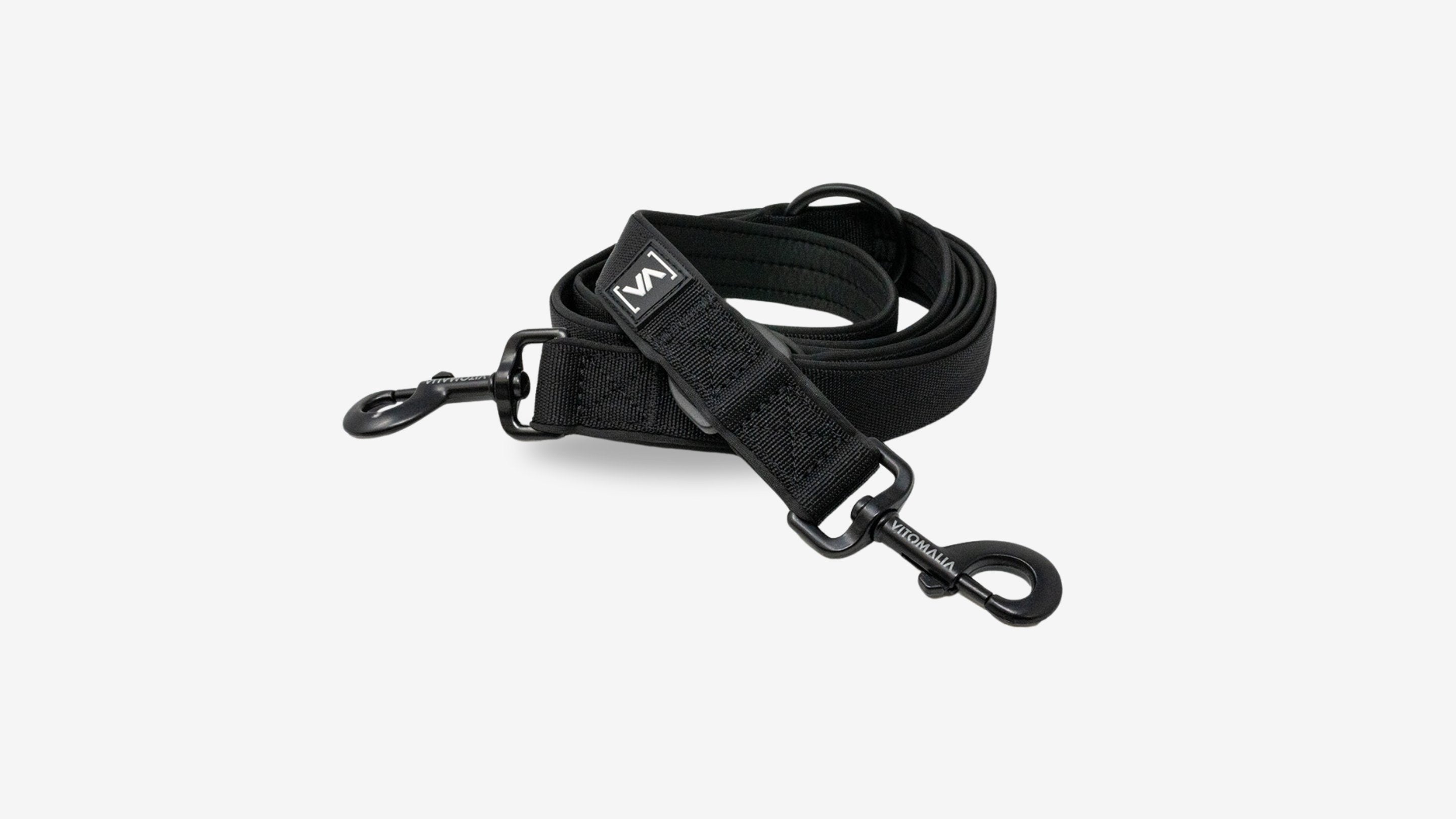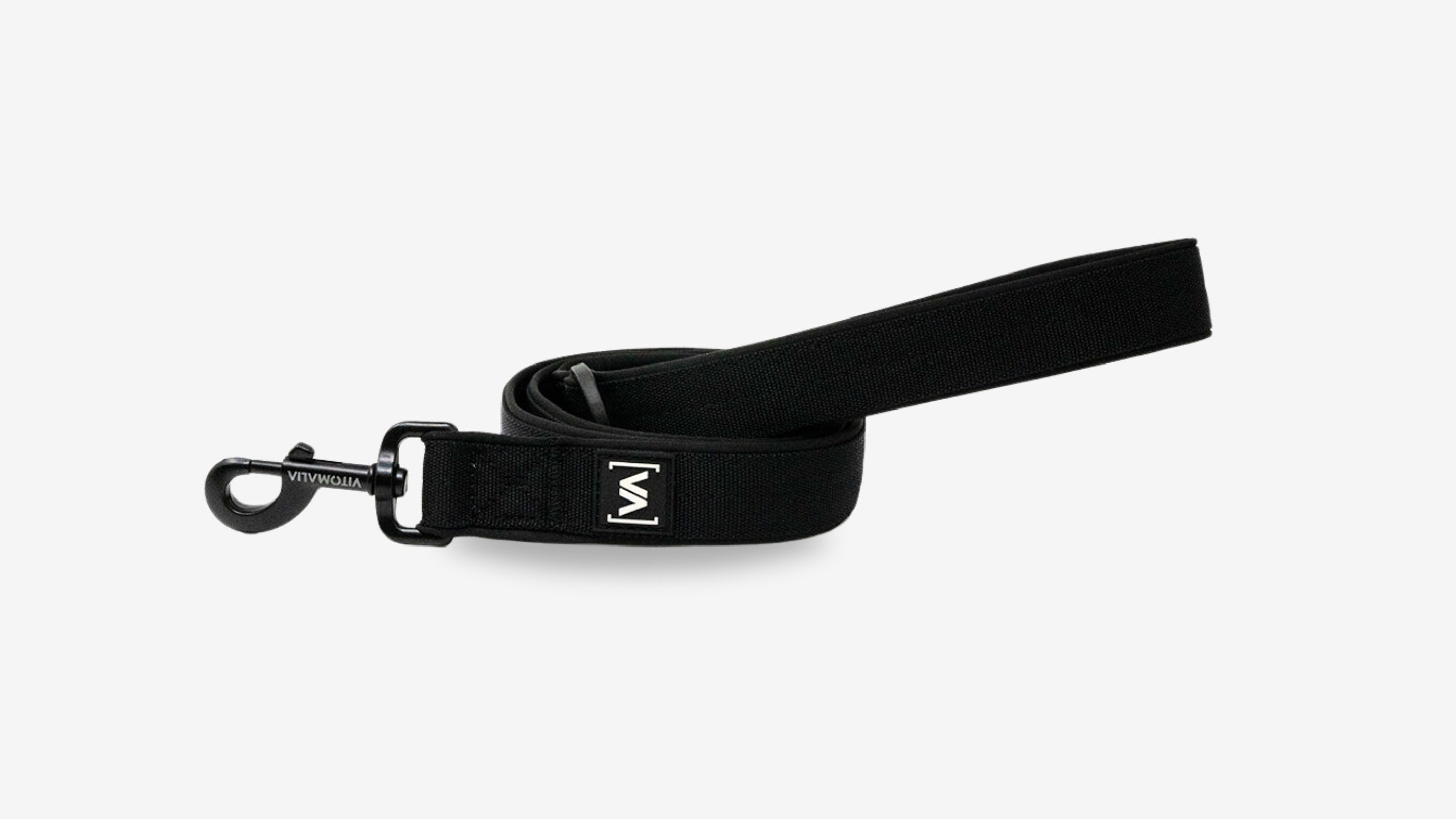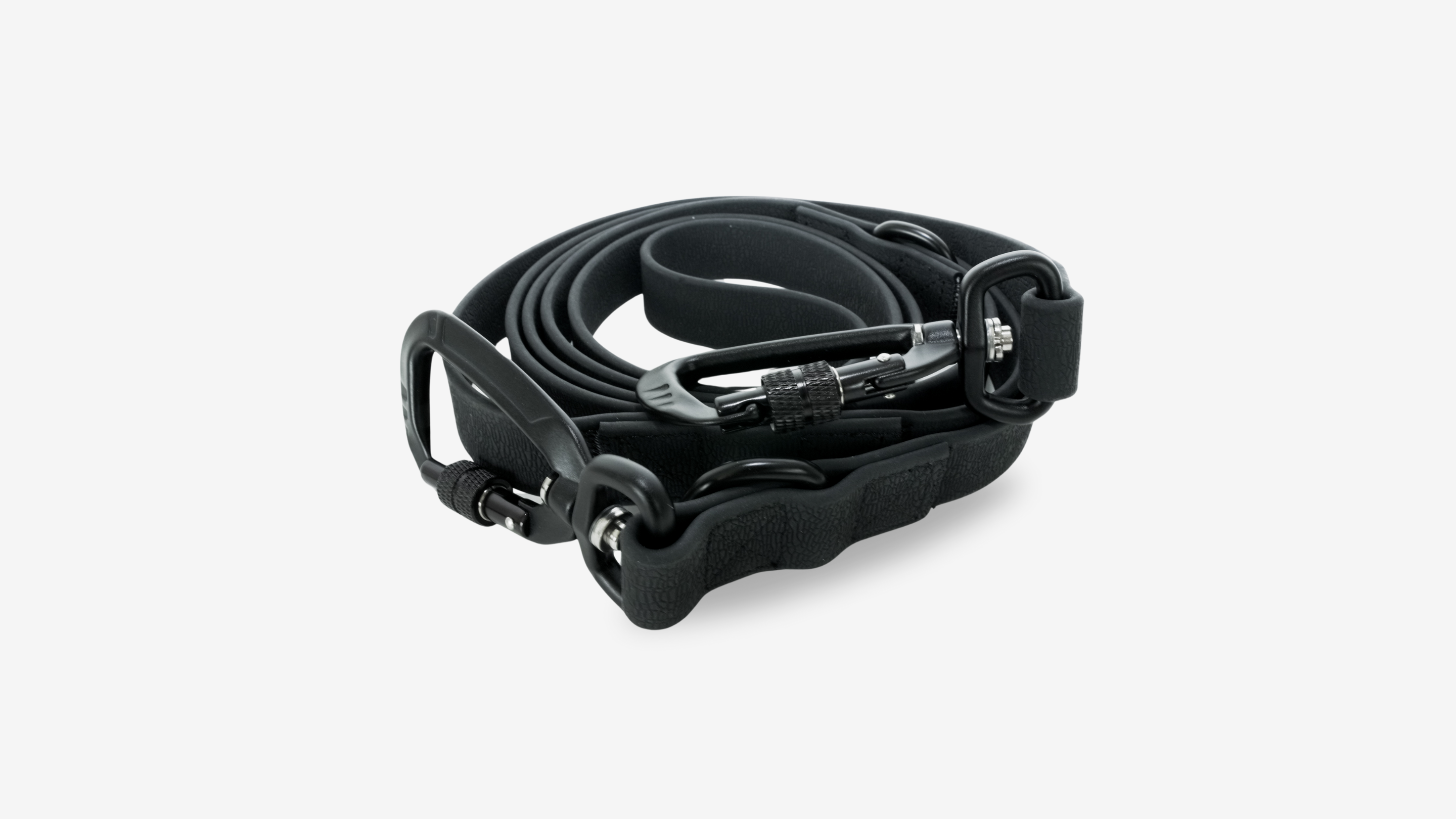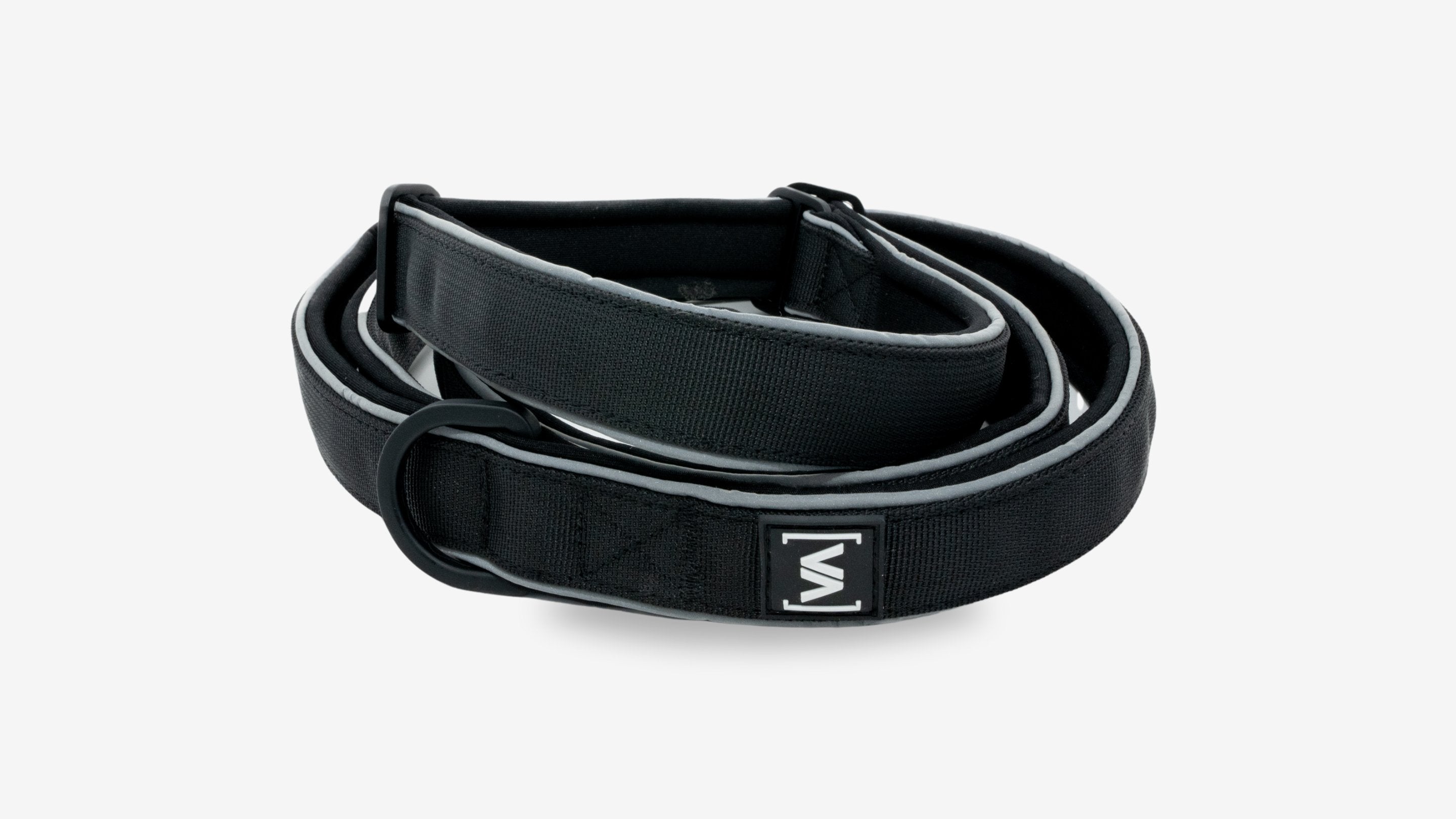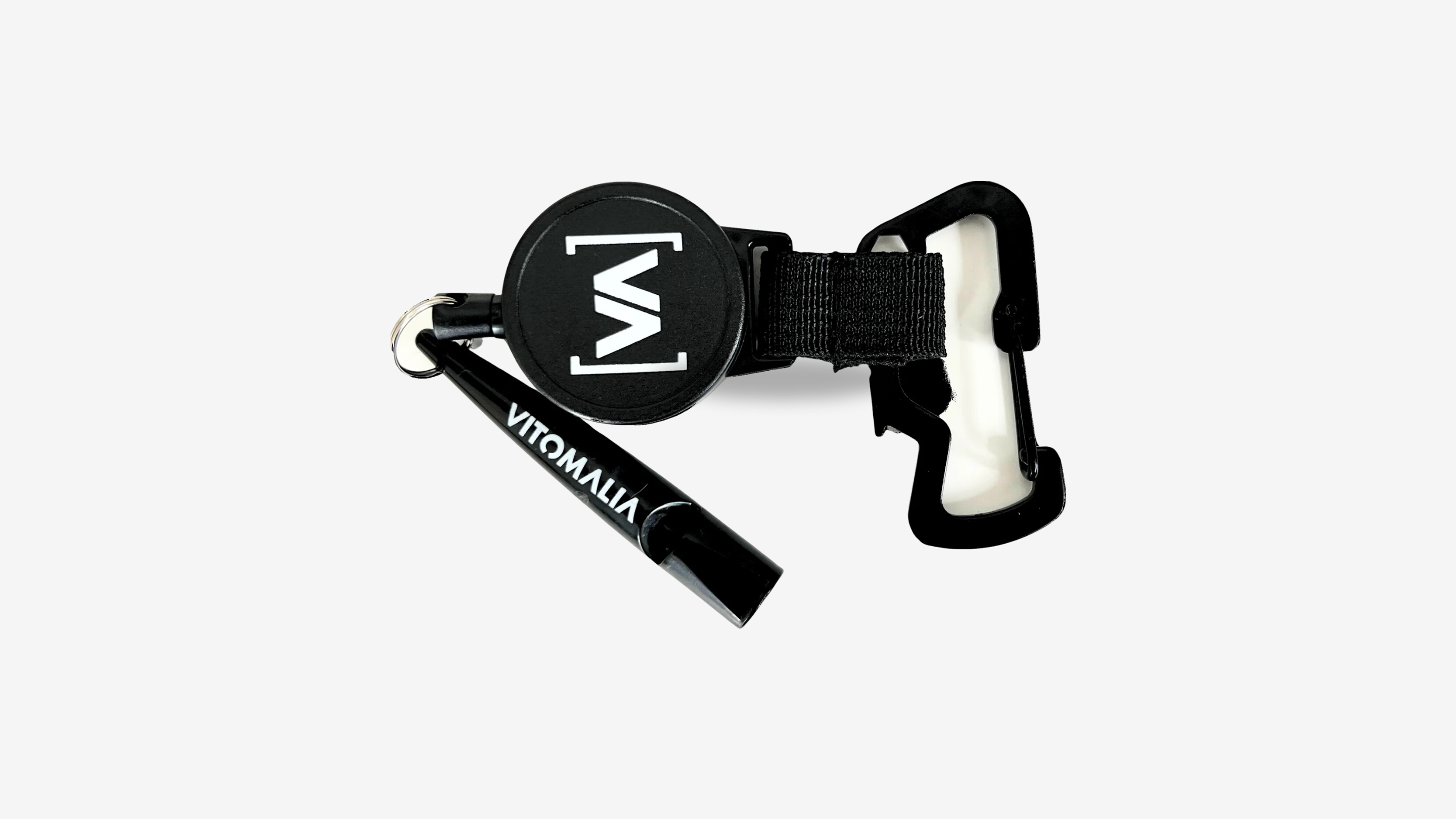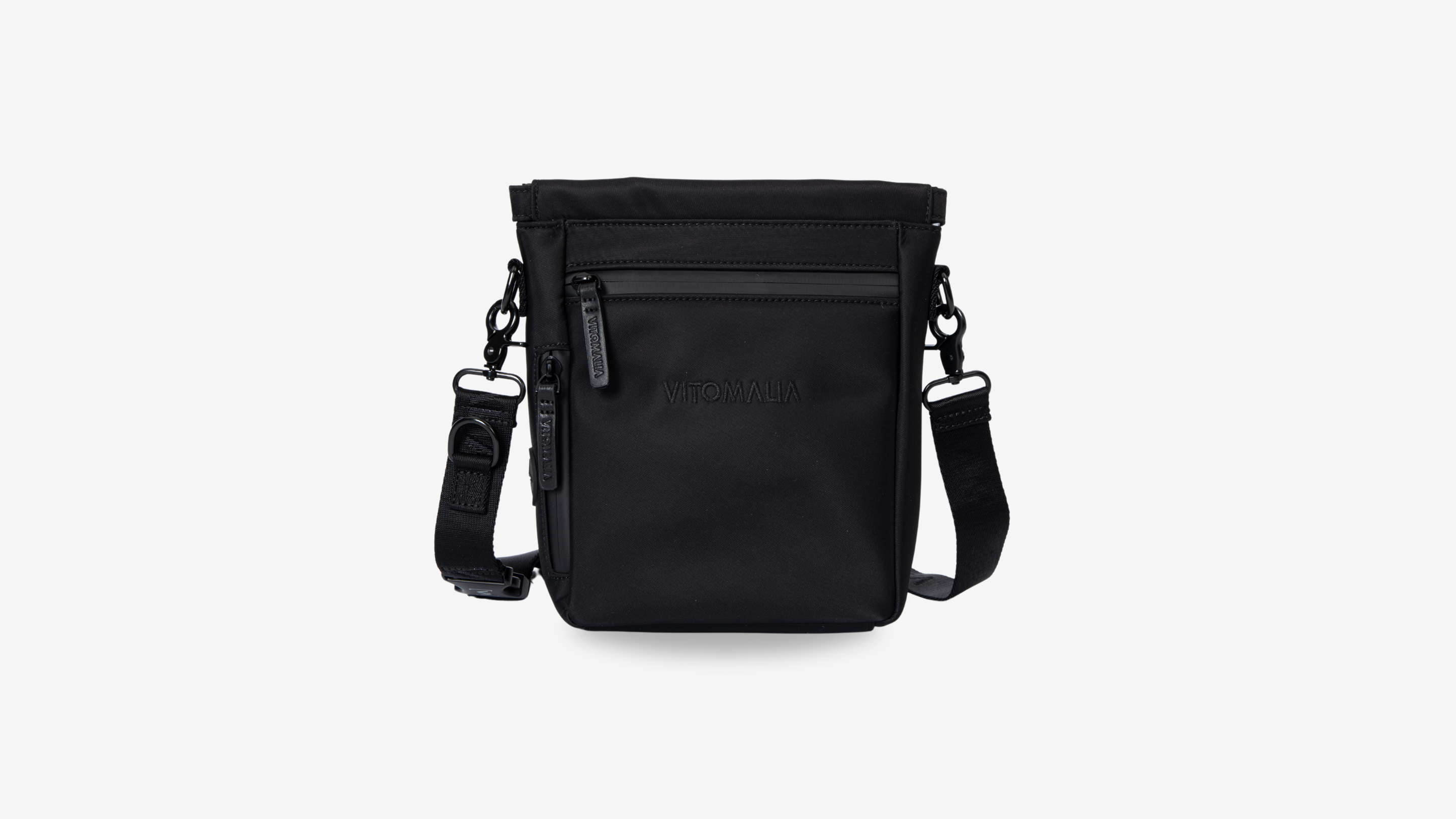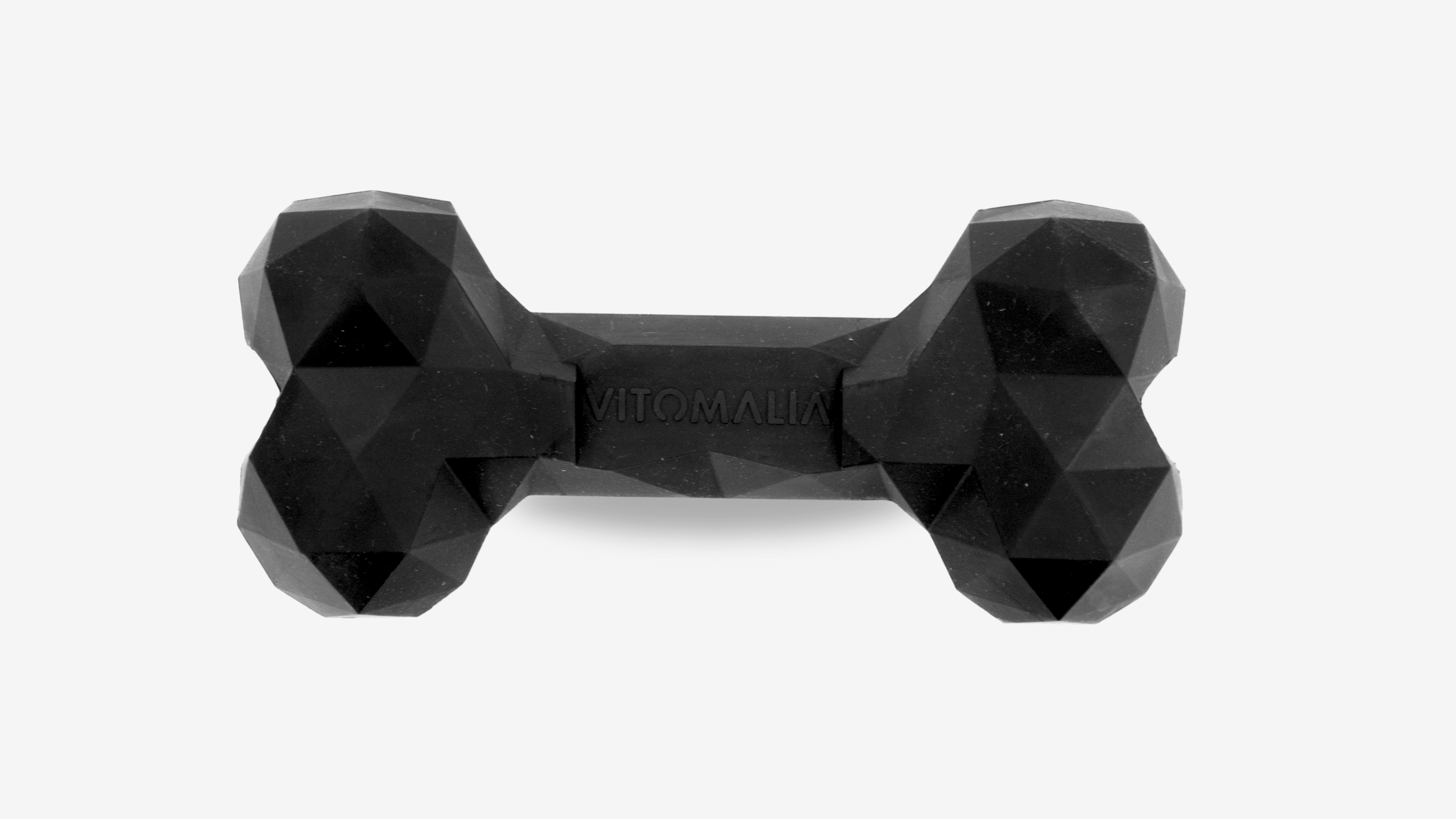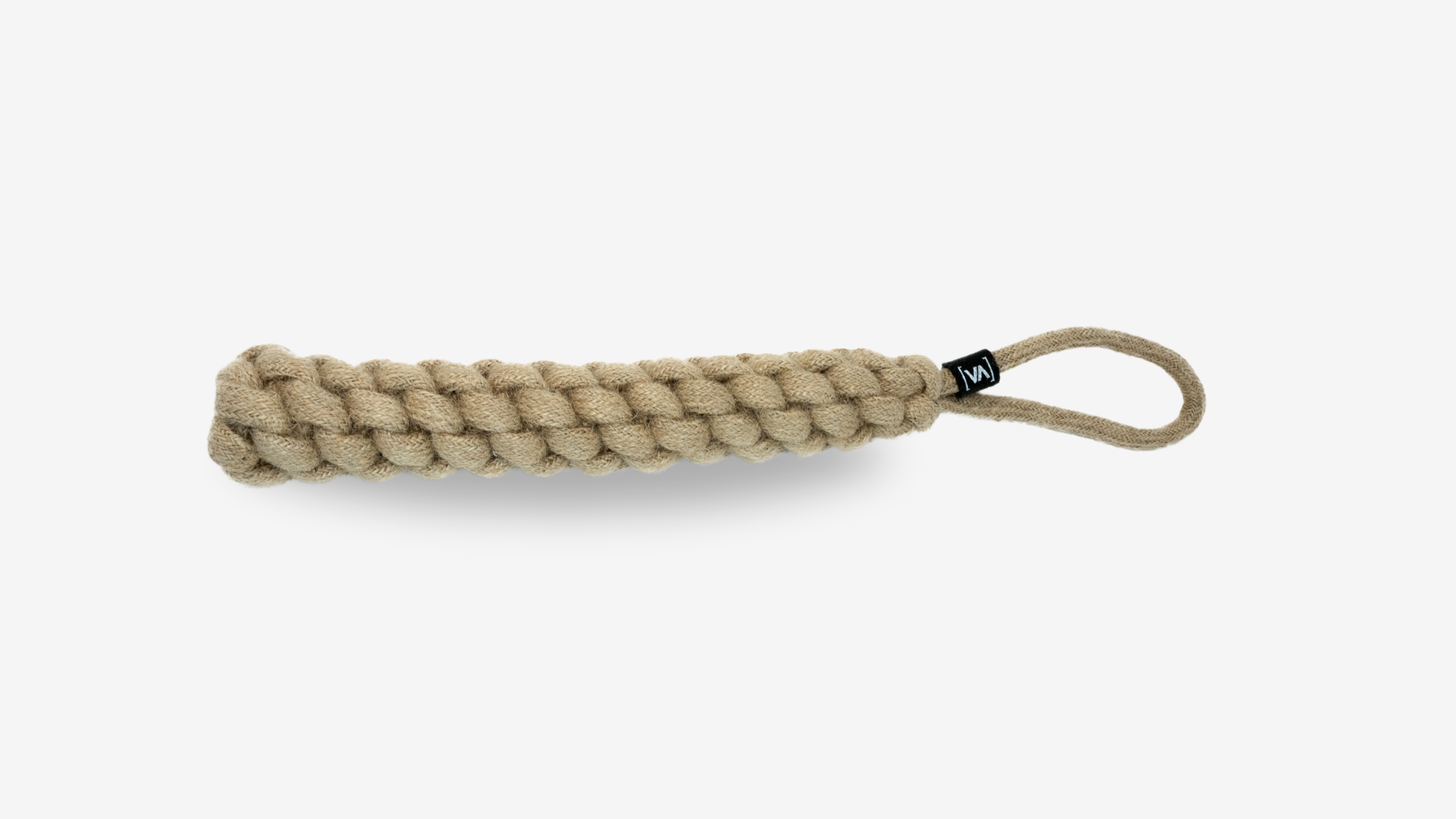Dog paws in winter: Tips for healthy paws with salt and splinters
This blog contains product recommendations for @PetsDeli. With the discount code “Vitomalia” you will receive a 20% discount for new customers.
As soon as winter sets in and the first snow falls, the busy salt-sprinkling begins. On the one hand, salt and grit are necessary for safety on sidewalks and streets and at the same time they are painful for dog paws. Road salt and grit attack dog paws and, in the worst case, can lead to inflammation and snow gastritis.
Snow gastritis is an inflammation of the stomach lining caused by excessive snow eating from unclean snow. Snow gastritis can also be caused by dirt, grit and road salt if the dog licks its paws after a walk. Particular caution should be taken when using road salt with antifreeze because dogs find it particularly tasty, but the antifreeze contains toxic chemicals.
The problem with the salt and splinters
Depending on where you live, it is not possible to prevent dogs from running on gritted paths. Because of its function, litter splinters have sharp edges and can cause superficial injuries, i.e. tiny wounds or cracks, to form on the paws. If additional road salt gets into the wounds, the moisture that serves as protection is removed. This dries out the dog's paws and burns. “Rubbing salt in the wound” is painful in the truest sense of the word. The injuries become larger and begin to become infected, which in turn allows more salt and dirt to get into the wound. A painful vicious circle begins for your dog. Antifreeze is particularly dangerous for dogs. Some people add antifreeze to road salt to prevent ice. Not only is this bad for the environment, but it is life-threatening for your dog as soon as he licks the antifreeze from his paws.
For older dogs, dogs who are unsteady on their feet and dogs with joint problems, running on safe and well-groomed paths is more pleasant because slipping on the ice is unpleasant and stressful. So, as always, pay attention to your dog and observe possible signs.
Signs of irritation on the paws:
- quick raising of the paws
- Humpeln
- standing still
- Licking the paws
Tips for healthy dog paws in winter
Healthy dog paws are robust enough to walk without shoes in our Central European cold. Just like us humans, dogs react sensitively to the change between room temperature and cold. The likelihood of your dog suffering from cracked paws and dry, itchy skin increases in winter. With a few recommendations you can support your dog in winter to make walks pleasant for him.
Several small walks instead of long winter hikesAlthough healthy dog paws can generally cope well with the cold, it is still advisable to go on several short walks with your dog instead of embarking on long, extensive winter hikes. This allows the paws to regenerate better and get used to the temperatures. If possible, choose walking paths that are little scatteredDepending on where you live, you have the option of specifically choosing walking paths that have not been heavily sprinkled with salt or grit. Forest paths and field paths are not gritted and are therefore recommended. This makes walking easier for you and your dog and is a promising way to relieve the strain on your dog's paws in the long term. Intensive spreading is carried out on main traffic routes, stairs and slopes. Wipe paws with a damp, lukewarm cloth after every walkTo get the chemicals and salt off your dog's paws and to prevent your dog from licking the salt off his paws, you should clean the paws after the walk. You can prepare a bowl of lukewarm water and a damp cloth in your entrance area before your walk. After the walk, dip each paw in the water bowl and clean your dog's paws with the damp cloth.
|
|
Apply paw protection ointment before and after the walk
Well-groomed paws are healthy paws and healthy paws are robust enough to get your dog safely through the winter. With well-groomed paws, walking over splinters and salt is only half as bad for your dog because the pads don't crack and provide an adequate protective barrier. A rich paw protection ointment protects against the salt during the walk and cares for irritated areas after the walk. Paw wax is particularly suitable before a walk in winter.
We use that @PetsDeli Paw Balm. With our discount code “Vitomalia” you will receive a 20% discount as a new customer.
Trim long fur between the toes to prevent clumps of ice from forming on the paws
Long fur around the pads and toes can encourage ice clumps to form. The lumps of ice hurt your dog and make the grit stick to its paws for longer.
Dogs with problem paws should wear dog shoes
Dog shoes are very unpopular among dogs. Try out many different variations until you find a suitable fit for your dog. Patiently get your dog used to the new accessory so that the annoyance on the walk doesn't become unnecessarily great.
